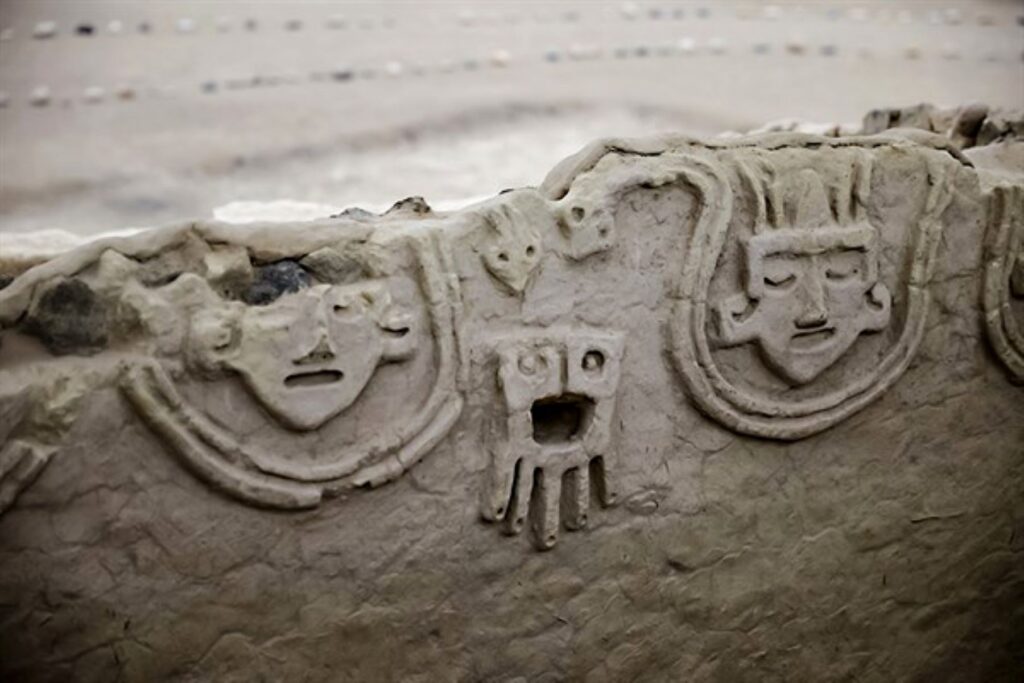Burials Discovered in Peru’s Vichama Archaeological Complex

At Vichama Archaeological Complex work has resumed. As a result, funerary complexes and various objects have been found. Similarly, a structure was located that might have served as a home.
Alexander Zuñiga, an archaeologist who works on this project led by Dr. Ruth Shady, explained that some searches were carried out near the monumental area. They were lucky in some of them and discovered funerary contexts.
The specialist indicated that there was no pattern in the position in which the ancient inhabitants of Vichama used to be buried.
Likewise, he noted that some offerings were found with these bundles. The most striking ones were two toads.
Between the valley and the sea
The archaeologist stated that among the rescued pieces there were tools for working cotton and objects made with the remains of molluscs or other marine animals.
This fact is not accidental. Vichama is close to the sea. A considerable percentage of the population of what is now Vegueta lives from fishing activities.
It is also close to the Huaura Valley.
Snakes and toads
The archaeologist explained that, at the time that Vichama was occupied, some beliefs were changing. For example, in later times the buildings were arranged facing the valley and the walls were decorated with toad figures.
In earlier stages, these buildings faced north and had other types of decoration. In some high reliefs, figures of humans, snakes, and fish are seen.
These will also be seen by the public next weekend on the occasion of the 15th anniversary of this archaeological project.
Archaeologist Zuñiga pointed out that the oldest pieces found and dated in Vichama are 3,800 years old.
Nonetheless, there is evidence that there are older constructions. The constant, so far, are the sunken circular squares of the Caral Culture.





